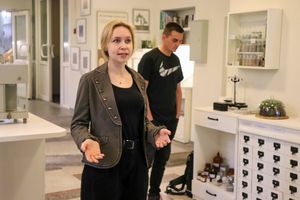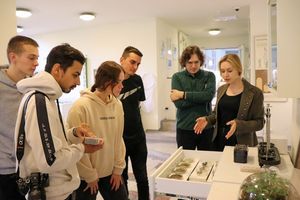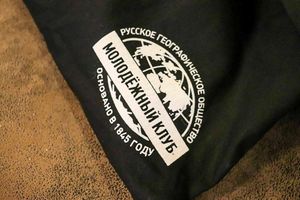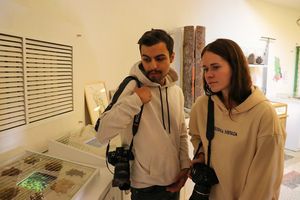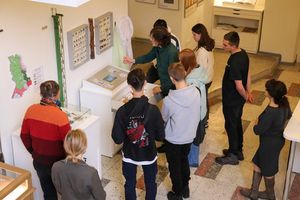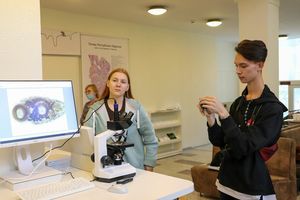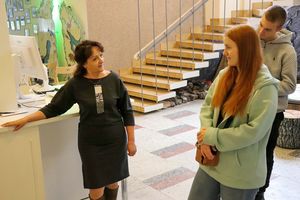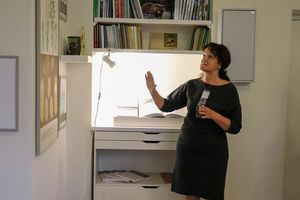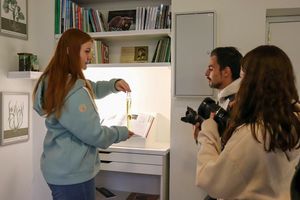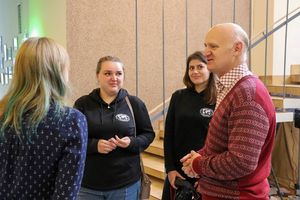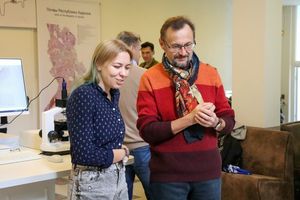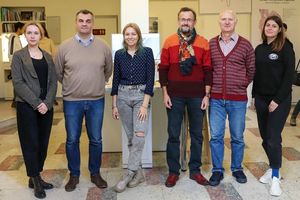On October 1st to 8th Karelia will be the venue for a media camp within the project “Conservation Focus of the Russian Geographical Society”. It was organized by the Youth Club of the RGS Crimean Branch in collaboration with the Republic of Karelia Protected Area Directorate and the Kizhi Open Air Museum.
– What is remarkable about our project is that is embraces quite a number of conservation areas in Karelia, which we’re going to traverse during these eight days. The participants are volunteers, including photographers, videographers, designers from different regions: Moscow, St. Petersburg, Udmurtia, Novgorod Region, and the Crimea. Their primary mission is to create media content for the protected areas we visit, – shared Ekaterina Petlyukova, Project Organizer, Vice-Leader of the Youth Club at the RGS Crimean Branch.
RGS media volunteers are going to visit natural, cultural and historical destinations in the republic: Kivach Nature Reserve, Girvas paleovolcano, Kizhi Island, Vodlozersky National Park, Shun’ga pit. They will attend theoretical and hands-on classes and go on tours. One of the plans is to prepare a guidebook.
Karelian Research Centre RAS was the first station for the participants to start exploring the region. KarRC RAS was the organization that produced substantiation papers for a majority of the protected areas designated in Karelia in the past decades. This year, the Centre opened its new Museum of Applied Environmental Research, with its exhibitions demonstrating how research is done in natural sciences.
The manager of the project for creating the Museum Alexandra Smirnova guided a tour for the guests. The thematic module introduced in greater detail was the one on parasitology, in particular nematodes. Elizaveta Matveeva, Secretary for Science at the Institute of Biology KarRC RAS, President of the Russian Nematology Society told the visitors about these organisms. In conclusion of the meeting, Head of the KarRC RAS Department for International Cooperation Pavel Petrov gave a presentation of the Karelian Research Centre’s scientific and project activities.
News
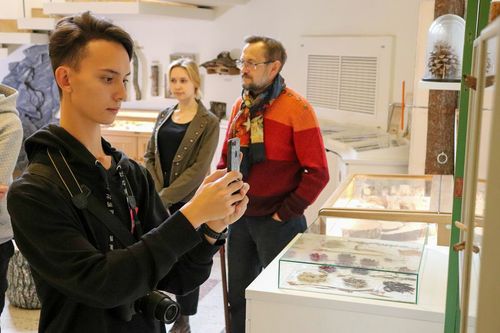
October 4, 2022
Media volunteers of the Russian Geographical Society to explore Karelia starting at the KarRC RAS Museum of Applied Environmental Research. October 1st was the launch day of the youth project “RGS Conservation Focus”, which has gathered participants from different parts of the country.
See also:
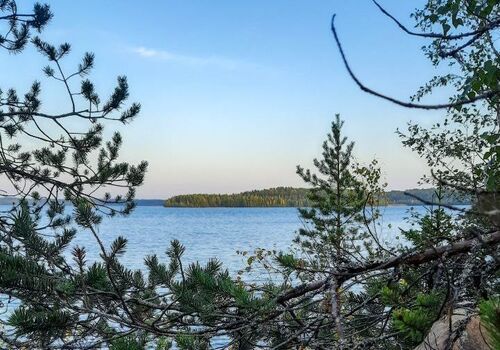
July 7, 2025
A successful introduction: the zander has settled down in Lake Sundozero and continues to spread
Scientists of the Institute of Biology KarRC RAS have published the results of long-term observations over the population of the zander (or pikeperch) introduced to Lake Sundozero more than a half-century ago. They confirm the species has become naturalized. Maintaining the population requires regulation of harvesting, protection during spawning, and tending of spawning grounds.
Scientists of the Institute of Biology KarRC RAS have published the results of long-term observations over the population of the zander (or pikeperch) introduced to Lake Sundozero more than a half-century ago. They confirm the species has become naturalized. Maintaining the population requires regulation of harvesting, protection during spawning, and tending of spawning grounds.
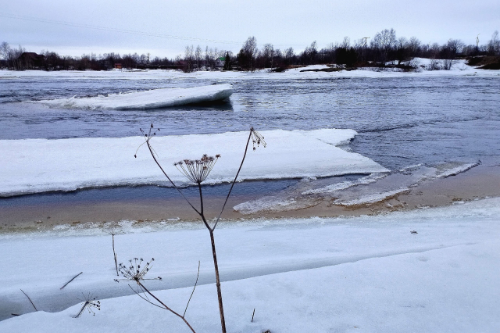
June 26, 2025
Ice-related phenomena on rivers emptying into the White Sea now last three weeks less than 60 years before
Ice on northern rivers now forms later while ice-off occurs earlier. Karelian scientists confirmed this having analyzed 64 years of marine and meteorological data from the estuaries of rivers draining into the White Sea along its western coast. Climate change has bit three weeks off the ice-covered period on these rivers. The reductions have been the most significant in the last 30 years, aligning with global warming trends in Arctic water bodies.
Ice on northern rivers now forms later while ice-off occurs earlier. Karelian scientists confirmed this having analyzed 64 years of marine and meteorological data from the estuaries of rivers draining into the White Sea along its western coast. Climate change has bit three weeks off the ice-covered period on these rivers. The reductions have been the most significant in the last 30 years, aligning with global warming trends in Arctic water bodies.

June 23, 2025
Citizen science and web technologies help researchers study insects of Karelia
More than 30 insect species not encountered in Karelia previously have been revealed by entomologists from KarRC RAS during their expeditions and using data communicated by active participants of the iNaturalist portal – an open platform for collecting biodiversity data.
More than 30 insect species not encountered in Karelia previously have been revealed by entomologists from KarRC RAS during their expeditions and using data communicated by active participants of the iNaturalist portal – an open platform for collecting biodiversity data.




